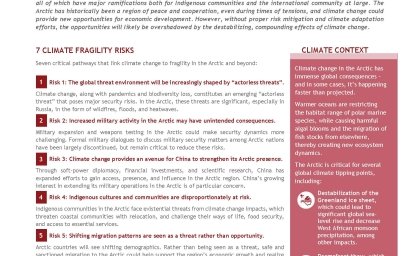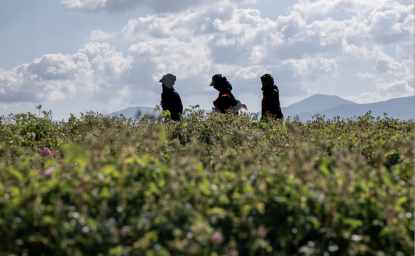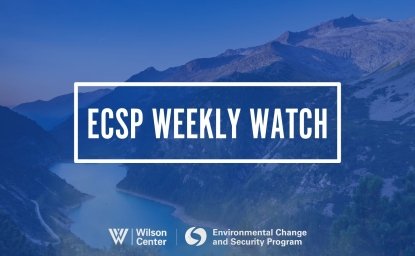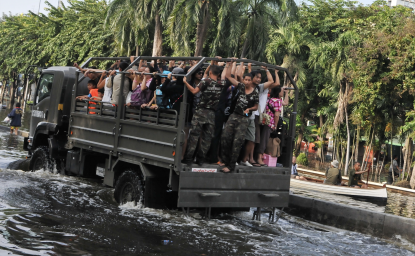Climate-Fragility Risk Brief: The Arctic


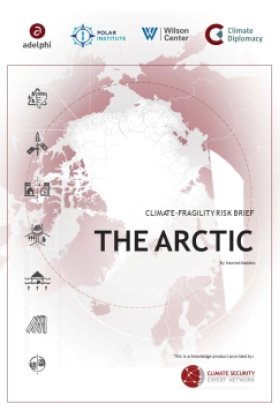
Climate change is manifesting in the Arctic three times faster than the global rate of change. These changes present both risks and opportunities. Without proper risk mitigation and climate adaptation efforts, however, the opportunities will likely be undermined by the destabilizing, compounding effects of runaway climate change.
Risks from climate change come not only from the direct impacts but also from the way it interacts with other factors to challenge human and civil security, ecosystem health, and the geopolitical environment. Countries with authoritarian characteristics, such as Russia, are sensitive to domestic unrest challenging regime strength. Challenges to domestic stability will only be amplified the more climate change is allowed to accelerate unabated— with Russia facing significant levels of risk— and with implications for the international security environment.
Arctic risk mitigation can only be achieved through appropriate regional policy actions combined with global efforts to reduce emissions. Actions should follow the precautionary principle and avoid significantly externalizing costs. Like biodiversity loss and the risks of pandemics, climate change is one of several emerging actorless threats. This new category of threats challenges conventional ways of thinking about security, which have traditionally been based on state and non-state actor threats.
There is significant momentum in Arctic economic development, including further expansion of the already significant blue bioeconomy. At the same time, the region is in flux due to shifting ecosystem dynamics related to changes in salinity, temperature, pH, the spread of harmful algal blooms, and new interactions between species as habitats shift, among other significant changes. Additionally, increased activity in the region could lead to environmental contamination, such as oil spills, which could compromise the integrity of the marine environment and hence diminish the economic potential associated with it.
As Arctic sea ice retreats and the region becomes more accessible, commercial, civil, scientific, and military activities are increasing. At the same time, mechanisms for reducing risks and capabilities for responding to incidents associated with that activity remain fairly low. Vast distances and lack of supporting infrastructure hinder response operations.
The premier intergovernmental forum for regional cooperation is the Arctic Council, which has been successful in promoting cooperation even during times of geopolitical tensions. However, as the Arctic experiences profound changes due to global warming, it is increasingly urgent to adapt governance and international legal mechanisms to reflect the new reality and prevent gaps from emerging.
As climate change accelerates in the Arctic, there are other emerging threats of note, including the potential for unilateral deployment of geoengineering technology and the expansion of transnational criminal activity in the region.
Arctic changes loom largest when considered within the context of globally interconnected systems. The Arctic faces several climate tipping points, including permafrost thaw, the stability of the Greenland ice sheet, and the stability of the Atlantic Meridional Overturning Circulation (AMOC), commonly referred to as the Gulf Stream. The effects of these changes manifest globally. Palpable climate change in the Arctic serves as a harbinger of the threats to come if nations do not sufficiently curb emissions to avoid destabilizing complex systems.


Since its inception in 2017, the Polar Institute has become a premier forum for discussion and policy analysis of Arctic and Antarctic issues, and is known in Washington, DC and elsewhere as the Arctic Public Square. The Institute holistically studies the central policy issues facing these regions—with an emphasis on Arctic governance, climate change, economic development, scientific research, security, and Indigenous communities—and communicates trusted analysis to policymakers and other stakeholders. Read more

